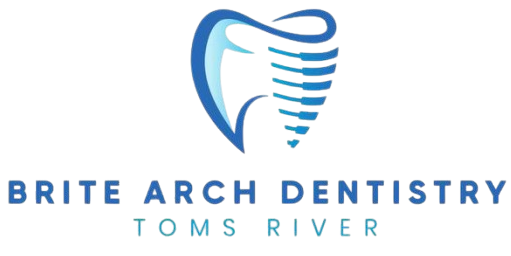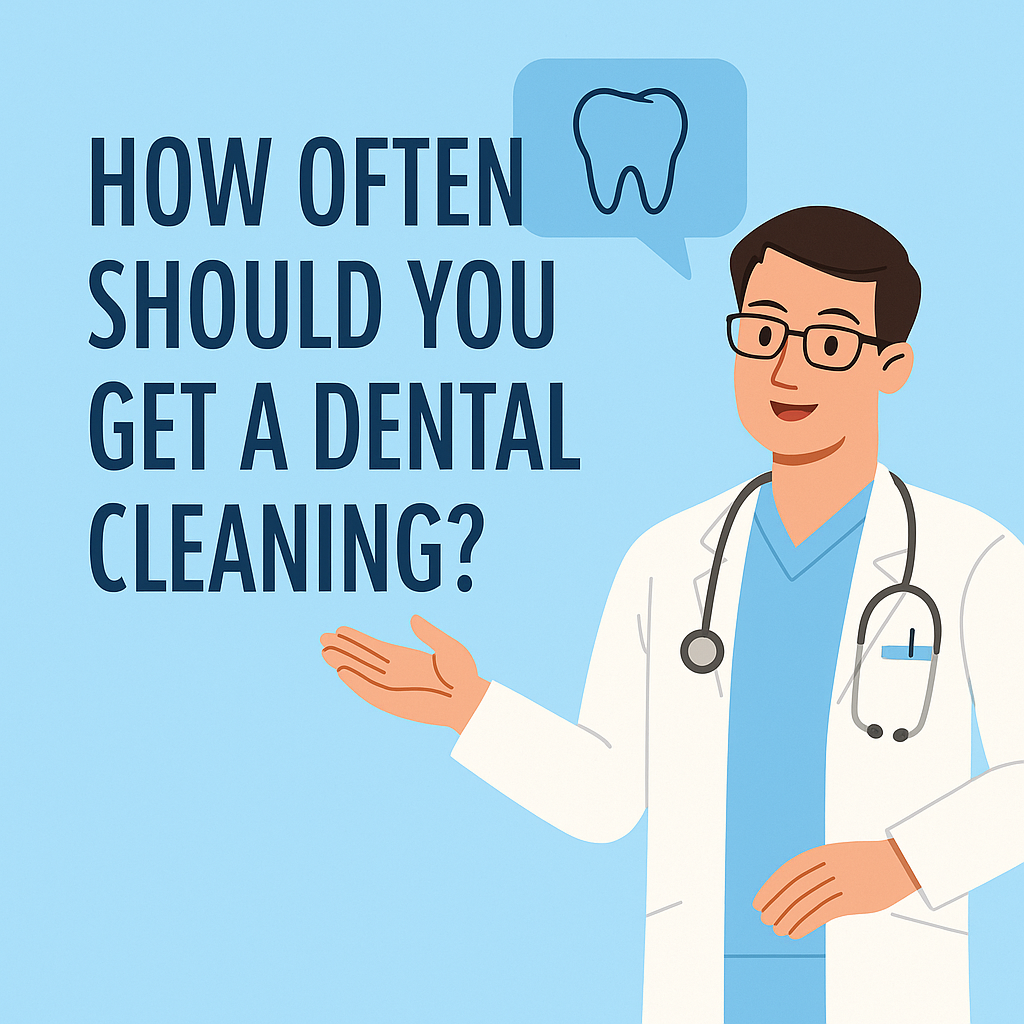Clean white ivories, robust gums, and odor-free breath are indicators of good oral hygiene. Following a dental cleaning regimen helps in the prevention of cavities, diseases, and other mouth-related concerns.
Moreover, maintaining a strong oral condition helps sustain a radiant smile, a facial feature that is both attractive and powerful, elevating confidence with happiness.
A sanitary oral state mirrors a person’s commitment to general as well as personal health routines. Having a proactive approach to professional care leads to a pain-free dental structure. This supports better interpersonal communication and emotional openness.
In short, dental cleaning is a process of removing plaque, tartar, and stains from the teeth. An approach that guards against issues like gingivitis or periodontitis from forming.
Walkthrough of the Dental Cleaning Process
Here is a step-by-step guide that highlights what to expect during a dental cleaning appointment.
Initial Screening
The dentist will first conduct an oral examination using a mirror. He will look for signs of swelling, bleeding, tooth decay, or plaque and tartar buildup.
Depending on the initial inspection, the dentist can deduce if treatment is the right course of action or a clean up.
Removing Plaque and Tartar (Scaling)
Using instruments like a manual scaler or an ultrasonic device, the hardened plaque is eliminated.
This removal from around the gum line and between the teeth reduces the risk of diseases and decay. This step of gentle scraping is referred to as scaling. Tartar can be cleared through brushing and flossing.
Dental Buffing or Polishing
A gritty toothpaste called prophylaxis paste and a high-powered electrical brush are put to use.
Polishing fades away minor pigmentations and smooths out the surface of the enamel. It is a painless reinforcement that slows down the chances of future plaque formation.
Dentist-Assisted Flossing
Flossing at home is quite different when it is done by an expert at a deeper level. The hygienist targets tight spots between the teeth and eradicates any leftover debris. The specialist can identify spots that can easily bleed and provide heightened oral attention.
Fluoride Treatment
This is an optional step in which a fluoride gel or varnish is applied to the teeth for a few minutes. This flavored foam strengthens the hard outer coating.
It also reduces the likelihood of decay and cavity formation for several months. It is highly beneficial for children and patients suffering from weak enamel.
Post-Cleaning Recommendations
The dentist may urge future cleaning treatments. And review the habitual brushing and reinforce good flossing techniques. The practitioner may provide guidance for a balanced diet schedule and products for oral health.
Different Types of Procedures in Dental Cleaning
Prophylaxis Cleaning
It is the most common type of routine dental cleaning for acquiring a smooth dentition. This procedure is for patients with healthy gums in the absence of significant gum accumulation. Appointments are scheduled every six months.
Scaling and Root Planning
In other words, a deep cleaning plan for clients who display symptoms of early to moderate gum disease. The technique includes the use of local anesthesia.
Through scaling, the tartar present below the gum line is cleared. Then the root surface is evened out by planning to reattach the gums, furthermore reducing inflammation.
Gross Debridement Cleaning
This method is more intensive and serves as a preliminary clean-up before the actual process. It is proposed for people who have heavy plaque alongside tartar, to the point that the dentist is not able to assess properly.
A baseline for oral care is restored, and once stabilized, periodic treatments have to be administered.
Periodontal Maintenance Cleaning
It is an after-care or rehabilitation step, suggested after every 3 to 4 months. Patients who have received gum disease prevention services are required to undergo periodontal maintenance.
It controls bacterial growth and deters the recurrence of infection. It also oversees complete gum and bone health.
Vitality of Dental Cleaning
Daily brushing and flossing are essential; however, independently, they are not enough. Thus, professional dental cleaning aids in comprehensive intervention to maintain lifelong oral health.
Why is the practice crucial for dental health? Here is why:
- Wards off tooth deterioration and enamel breakdown in hard-to-reach areas.
- Halts gum disease progression and saves the bone.
- Treats chronic bad breath.
- Restores natural tooth shade for a visibly brighter and strain-free look.
- Prompt detection of oral concerns that instigate affordable solutions.
- Protects against systemic conditions like heart disease, diabetes, respiratory infections, etc.
Consult a Specialist?
Brite Arch Dentistry is a solace for people seeking dental cleaning. Our fleet of services also includes dental implants, bonding of porcelain veneers, and teeth whitening.
Conclusion
Dental hygiene as a priority is a small investment. They should not be seen as a cosmetic touch-up; rather, these procedures ensure quality of life. The dentist recommends suitable methods that match the needs of the patients for a brighter tomorrow.




